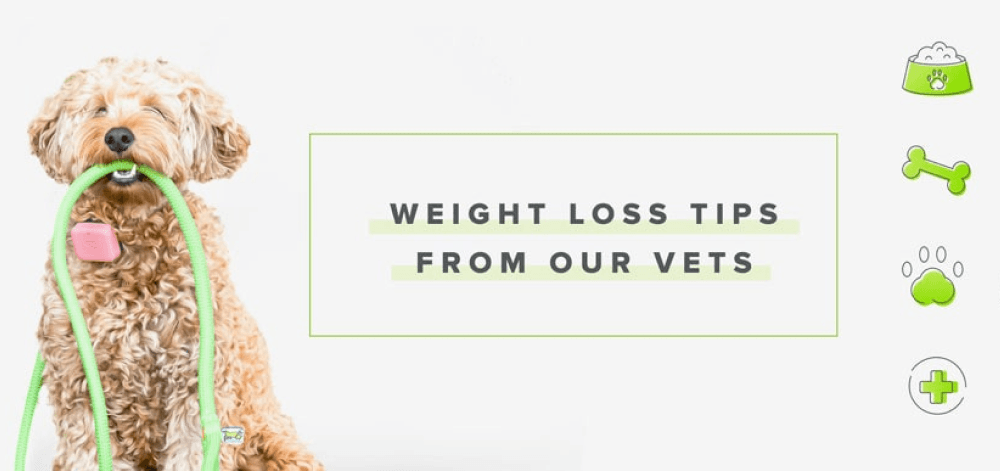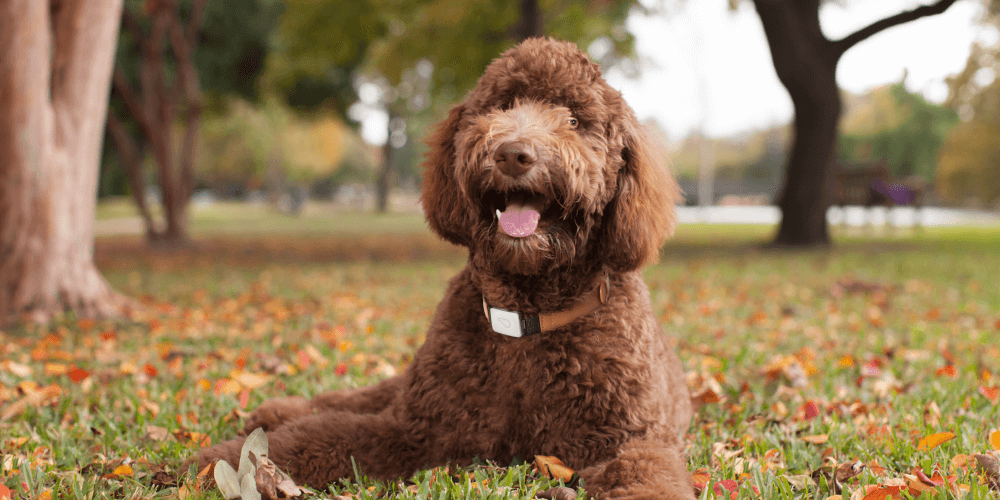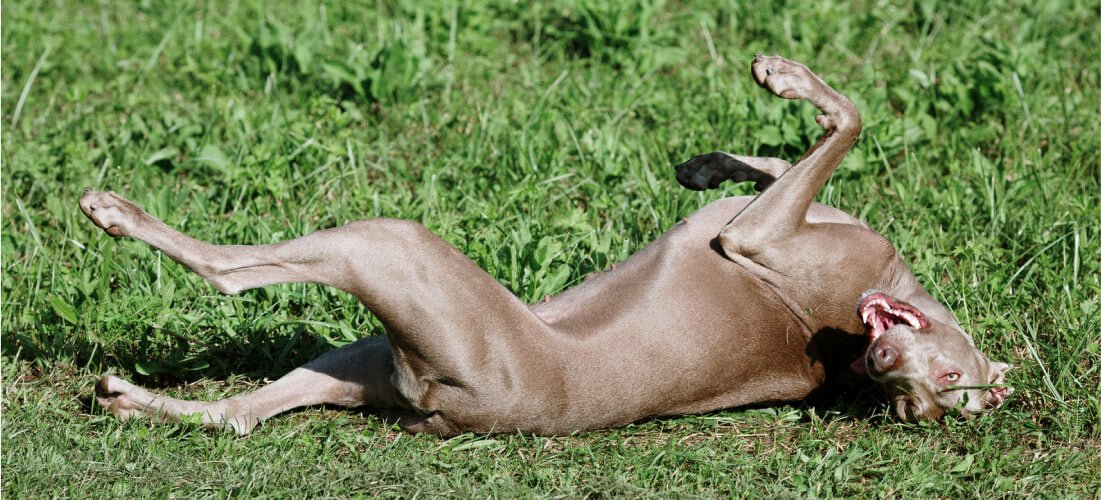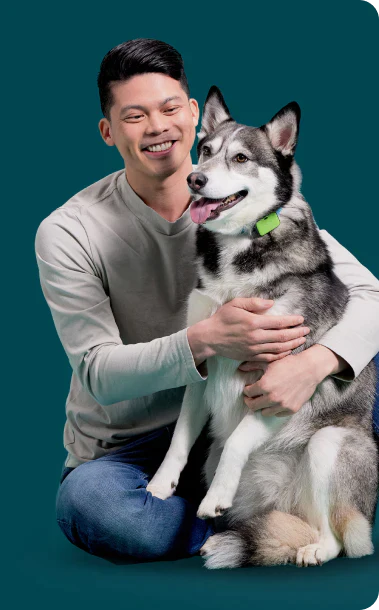8 ways to lose weight and gain years

Everything we do at Whistle Labs is inspired by our love for our pets and our desire to keep them in our lives for as long as possible. So while we adore pets in every shape and size, the second we learned that too much weight on our pets can translate into fewer years of their life (in fact, up to 2.5 fewer years!), we had to take action. We asked Dr. Sarah Dougherty from our VetInsight team for tips on how to help keep our best friends at their healthiest weight so we get more snuggle time in the long haul.
Here are the top 8:

- Know how much you are feeding. The first step is to accurately measure how much you are feeding your dog – the wet, the dry, AND the people food you might throw in the bowl on occasion. It is key that you know the portions you are doling out.
- Learn and measure appropriate portions. Use the Whistle Food Portion Calculator to see how much you should be feeding your dog. We use breed, age, weight, and activity level to recommend the perfect amount. Just enter which brand or brands you use, and it will tell you how much to give your dog per serving. Then use a measuring cup to portion it out.
- Count treats. Treats are usually poor in nutrients but substantial in calories. They should not account for more than 10% of your dog’s daily calorie intake (Our Food Portion Calculator will break down treats for you as well).
- Introduce more veggies. Vegetables are a great low-calorie treat to give between meals if your dog is begging. Baby carrots, fresh green beans, broccoli, and spinach leaves are all great options.
- Increase exercise. Gradually lengthen your walks and activity levels. A good general rule is to add 10% more mileage (or time) each week to prevent overuse injury. You can easily track your dog’s activity through the Whistle app, increasing their daily goal each week to help you stay on track.
- Use no-treat rewards. A game of fetch, some fun with a favorite toy, a blissful belly rub – all are calorie-free positive reinforcement.
- Rule out a medical condition. If your dog is gaining weight despite a low-calorie diet, see a vet to make sure a condition like hypothyroid disease isn’t at work.
- Consider a prescription weight loss diet. Prescription dog foods are formulated to keep pets feeling full longer, which can reduce begging and scavenging behaviors. Beware of over-the-counter weight loss diets, as they can result in a low volume of food, leaving dogs feeling hungry. You can always use the Chat With a Vet feature from your Whistle app for more diet advice.
Armed with this knowledge, you are now ready to jumpstart your pet’s journey to a happier and healthier weight—and we want to support you from start to finish! Share your dog’s story with us by tagging @WhistleLabs and using #WhistleLoseWeightGainYears on social.













